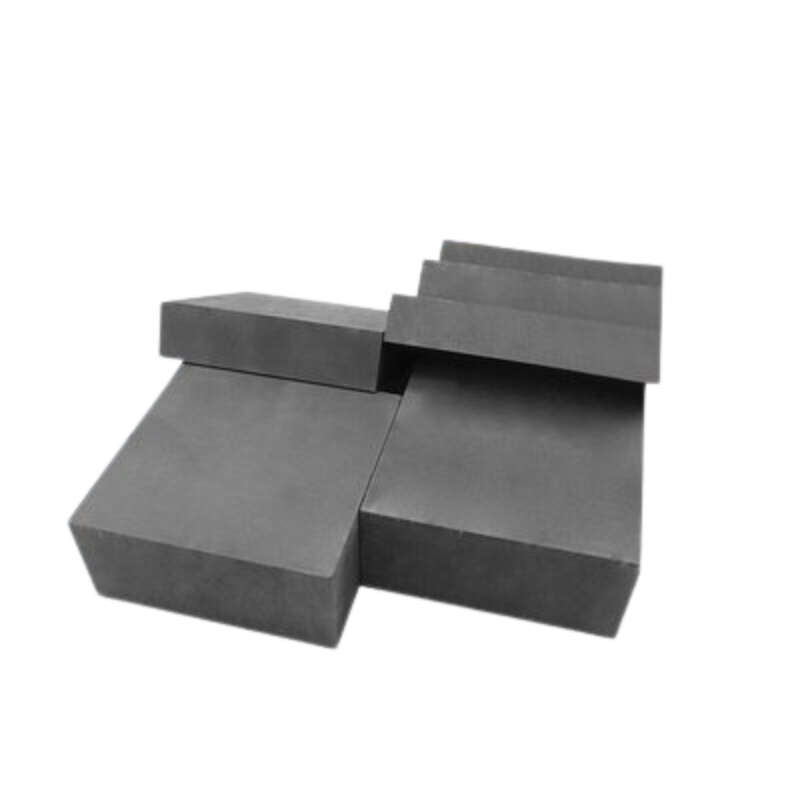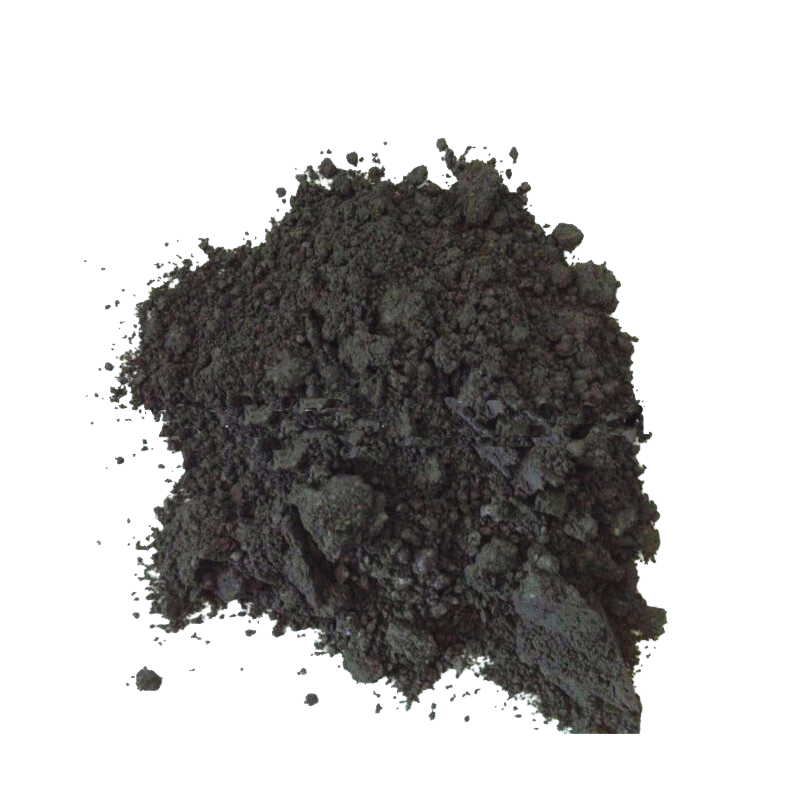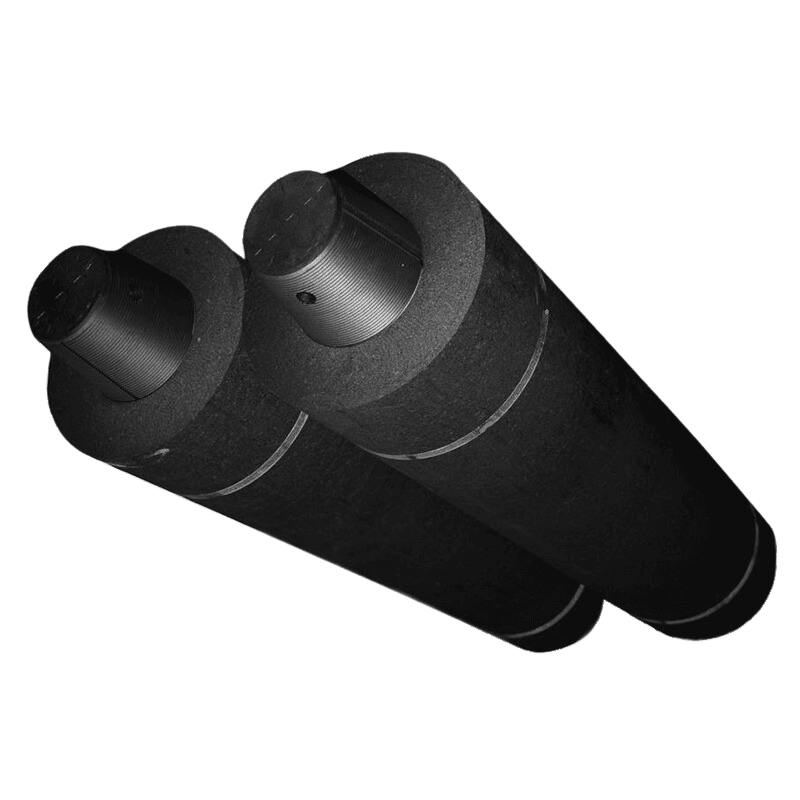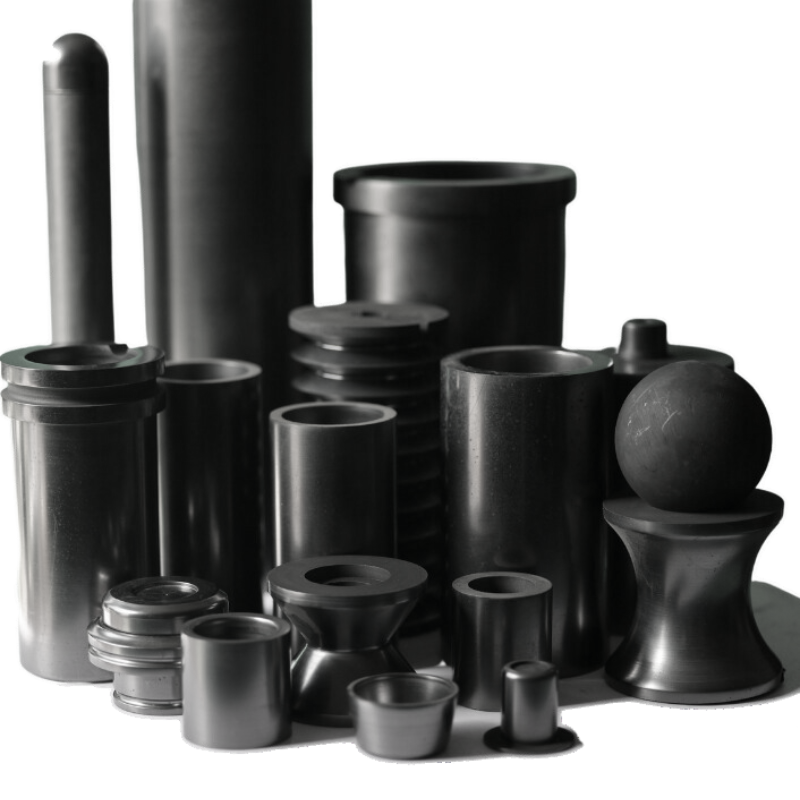Introduction
Graphite molds have emerged as indispensable tools in the electronics packaging industry, playing a pivotal role in shaping the future of electronic components. As technology advances, the demand for smaller, more intricate electronic devices continues to grow, prompting manufacturers to explore innovative solutions. This article delves into the world of graphite molds, highlighting their significance, applications, and the transformative impact they have on the electronics packaging landscape.
Understanding Graphite Molds
Graphite molds are precision-engineered tools crafted from high-purity graphite, known for their exceptional thermal conductivity, low coefficient of thermal expansion, and excellent machinability. These characteristics make graphite molds ideal for shaping and forming intricate components with precision and accuracy, a crucial requirement in the electronics packaging industry.
Applications in Electronics Packaging
1.Microelectronics Production: Graphite molds find extensive use in the production of microelectronic components, where miniaturization is a constant pursuit. Integrated circuits (ICs), microchips, and other electronic components demand precision molding to ensure functionality and reliability. Graphite molds enable manufacturers to achieve intricate designs and fine details, contributing to the production of high-performance microelectronics.
2.3D Packaging Technology: As the electronics industry evolves towards three-dimensional packaging, the demand for advanced molding techniques becomes paramount. Graphite molds play a pivotal role in shaping the intricate structures required for 3D packaging, facilitating the integration of multiple functionalities within a compact space. This technology enhances the overall performance and efficiency of electronic devices.
3.Customized Enclosures: Graphite molds are instrumental in crafting customized enclosures for electronic devices. With consumer preferences leaning towards sleek and compact designs, manufacturers leverage graphite molds to create unique shapes and sizes for casings. This customization not only enhances the aesthetic appeal of electronic devices but also optimizes space utilization.
4.Advanced Materials Development: The electronics packaging industry is continually exploring new materials to improve the performance and reliability of electronic components. Graphite molds provide a versatile platform for experimenting with different materials, ensuring that the resulting components meet the stringent requirements of modern electronics.
The Advantages of Graphite Molds
1.Precision and Accuracy: Graphite molds offer unparalleled precision and accuracy in molding electronic components. Their high machinability allows for the creation of intricate designs with tight tolerances, ensuring that each component meets the exact specifications required for optimal functionality.
2.Thermal Management: The exceptional thermal conductivity of graphite is a key advantage in electronics packaging. Efficient thermal management is crucial to prevent overheating and ensure the longevity of electronic components. Graphite molds help dissipate heat effectively, contributing to the overall reliability of electronic devices.
3.Cost-Effectiveness: Graphite molds are not only versatile but also cost-effective. Their longevity, coupled with the ability to produce high-precision components, makes them an economical choice for manufacturers in the electronics packaging industry. The initial investment in graphite molds pays off in the long run through reduced production costs and enhanced product quality.
4.Versatility: Graphite molds cater to a wide range of applications in electronics packaging. From molding microchips to shaping customized casings, the versatility of graphite molds makes them indispensable in adapting to the diverse needs of the electronics industry.
Graphite Molds and Sustainable Practices
In addition to their technical advantages, graphite molds align with the growing emphasis on sustainable practices in manufacturing. The durability and reusability of graphite molds contribute to reducing waste and minimizing the environmental impact of the electronics packaging industry. As the industry continues to adopt eco-friendly approaches, graphite molds stand out as a sustainable choice for precision molding.
Graphite Molds in Research and Development
The dynamic nature of the electronics industry requires constant innovation. Graphite molds serve as valuable tools in research and development, enabling manufacturers to prototype new designs and test novel materials. This iterative process accelerates the pace of innovation, allowing the electronics packaging industry to stay ahead of emerging trends and consumer demands.
Future Trends and Innovations
As technology advances, the role of graphite molds in the electronics packaging industry is poised to evolve further. The integration of artificial intelligence, machine learning, and automation into the manufacturing process holds the potential to enhance the efficiency and speed of graphite mold applications. Additionally, ongoing research into advanced materials and techniques will likely lead to the development of even more sophisticated graphite molds, pushing the boundaries of what is achievable in electronics packaging.
Conclusion
Graphite molds have become an integral component in the electronics packaging industry, driving advancements in microelectronics production, 3D packaging technology, and customized enclosures. Their precision, thermal management capabilities, cost-effectiveness, and versatility make them indispensable tools for manufacturers striving to meet the demands of a rapidly evolving market. As the industry continues to embrace sustainability and pursue innovative solutions, graphite molds will undoubtedly play a crucial role in shaping the future of electronics packaging.





